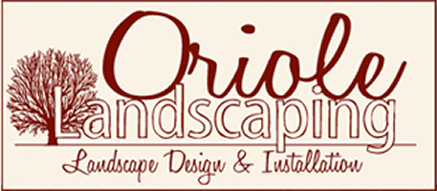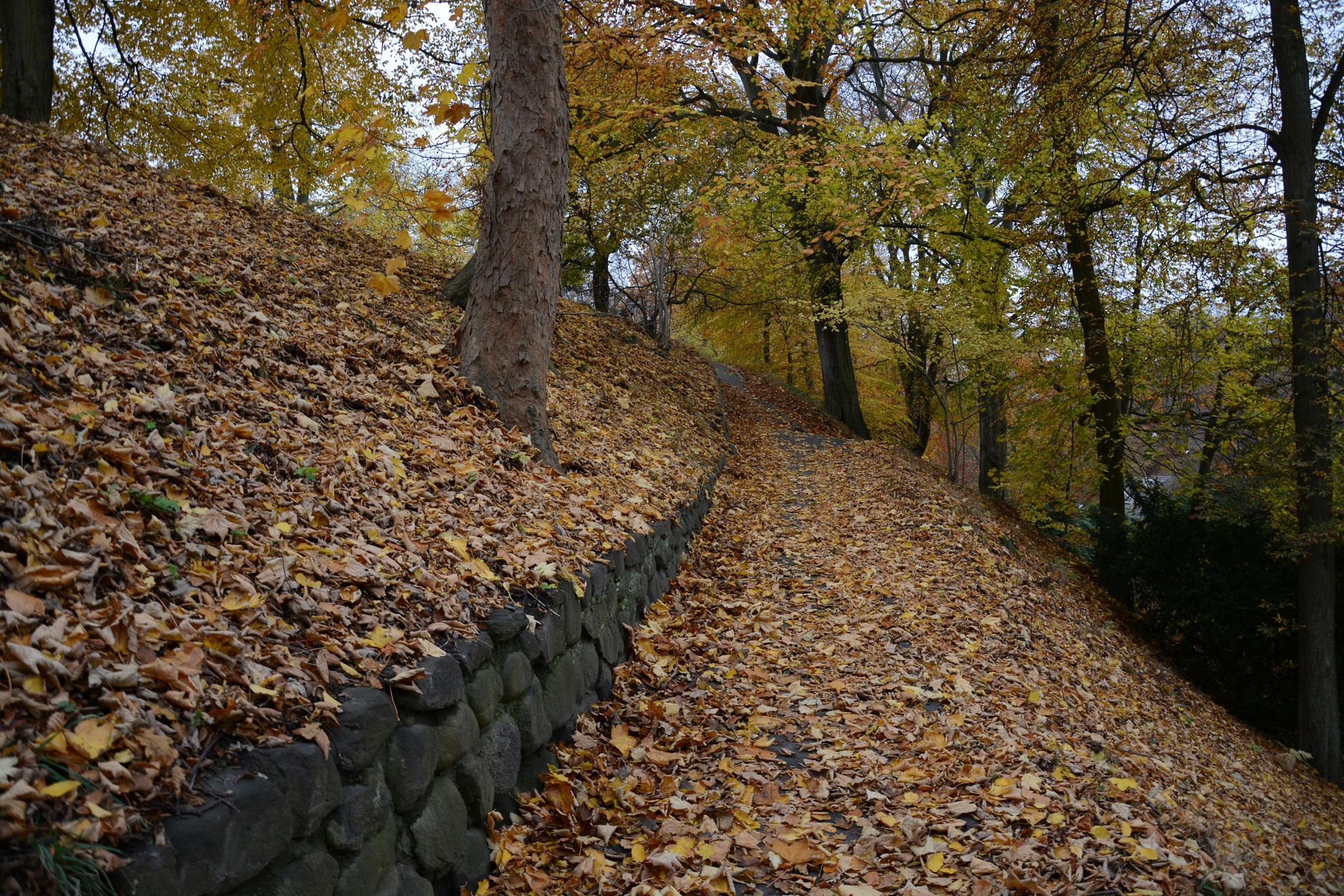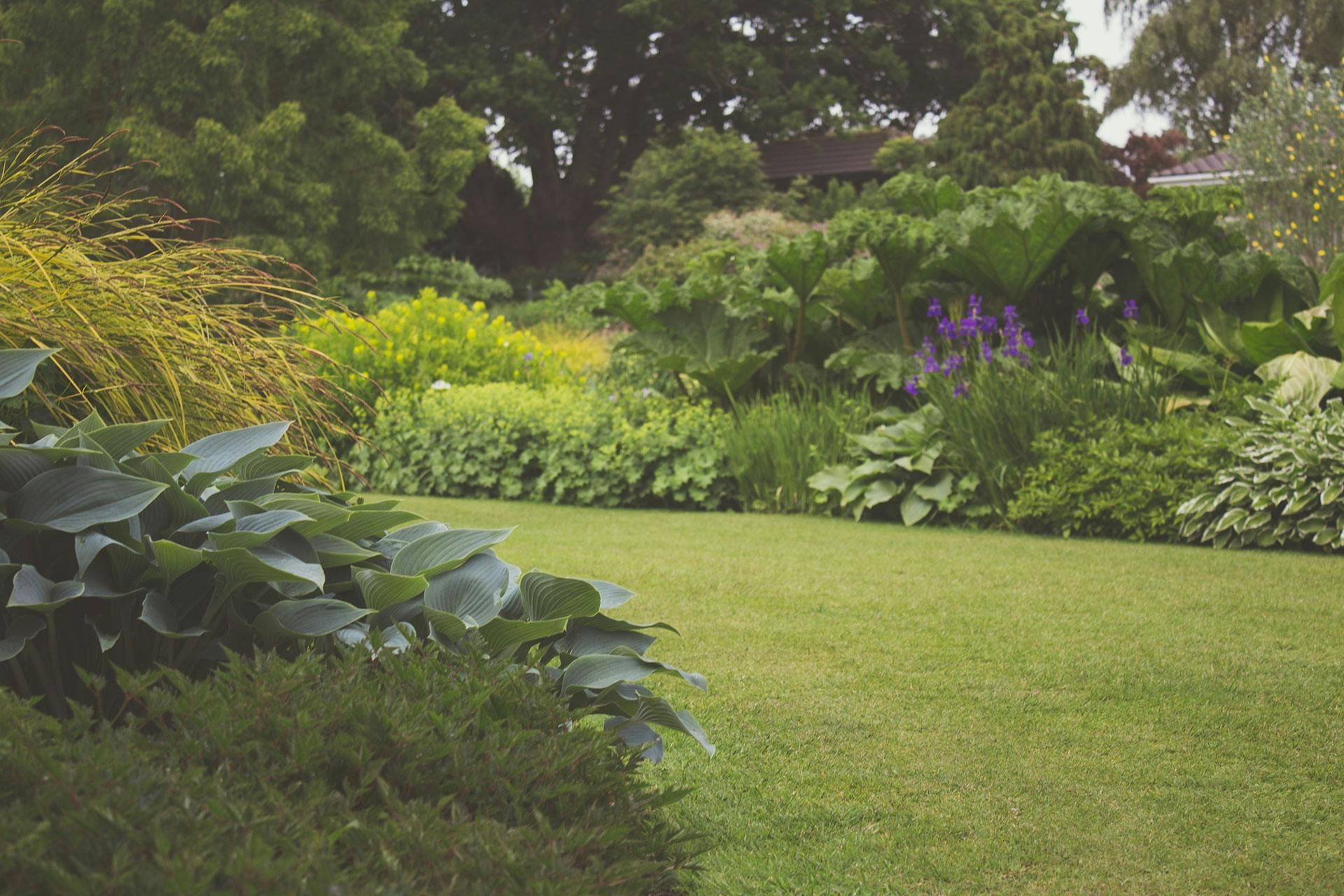Our Customers are in the “zone.” Richmond’s Hardiness Zone that is.
Avid gardeners may understand the importance of hardiness zones, but the average home owner is often not aware that these zones even exist. Understanding hardiness zones is important and here’s way we make sure to keep all our customers “in the zone.”
What does the hardiness zone mean?
Based on the United States Department of Agriculture’s hardiness zone map, the zone indication helps determine if a particular plant is well suited for your yard. Clearly there are many other factors to consider but understanding the hardiness zone is a good starting point.
Let the map be your guide

The USDA’s hardiness zone map is a helpful tool that guides gardeners and homeowners about when it is safe to plant specific types of shrubs, plants and trees so that they stand the best chance to survive and thrive.
The map divides the United States into 11 zones. Each zone is 10 degrees warmer – or cooler – than the zone adjacent to it. Richmond’s zone is 7a, distinguished by the fact that minimum temperatures here range from 0 to 5 degrees. And this is an average, meaning that it shouldn’t be confused with the lowest temperature ever recorded or even possible.
All shrubs, plants and trees are ideally suited for specific zones. Not sure if your favorite house plant could survive outside? Is it identified for zone 7? For sure there are many conditions that effect a plants health but starting with the right plantings in the right zone is an essential starting point.
Other Variables to Consider
While helpful, the zone map is far from a guarantee that a planting will blossom. Many other variables have to be in balance including:
- Duration of exposure to the cold
- Humidity
- Light
- Pollution
- Soil type and moisture
- Temperature
- Wind
Count on the experts at Oriole
Even if you’re proud of your green thumb, there isn’t a gardener in zone 7a who couldn’t benefit from the expert planting services of Oriole Landscaping.


